Speeding particles puzzle Cern scientists
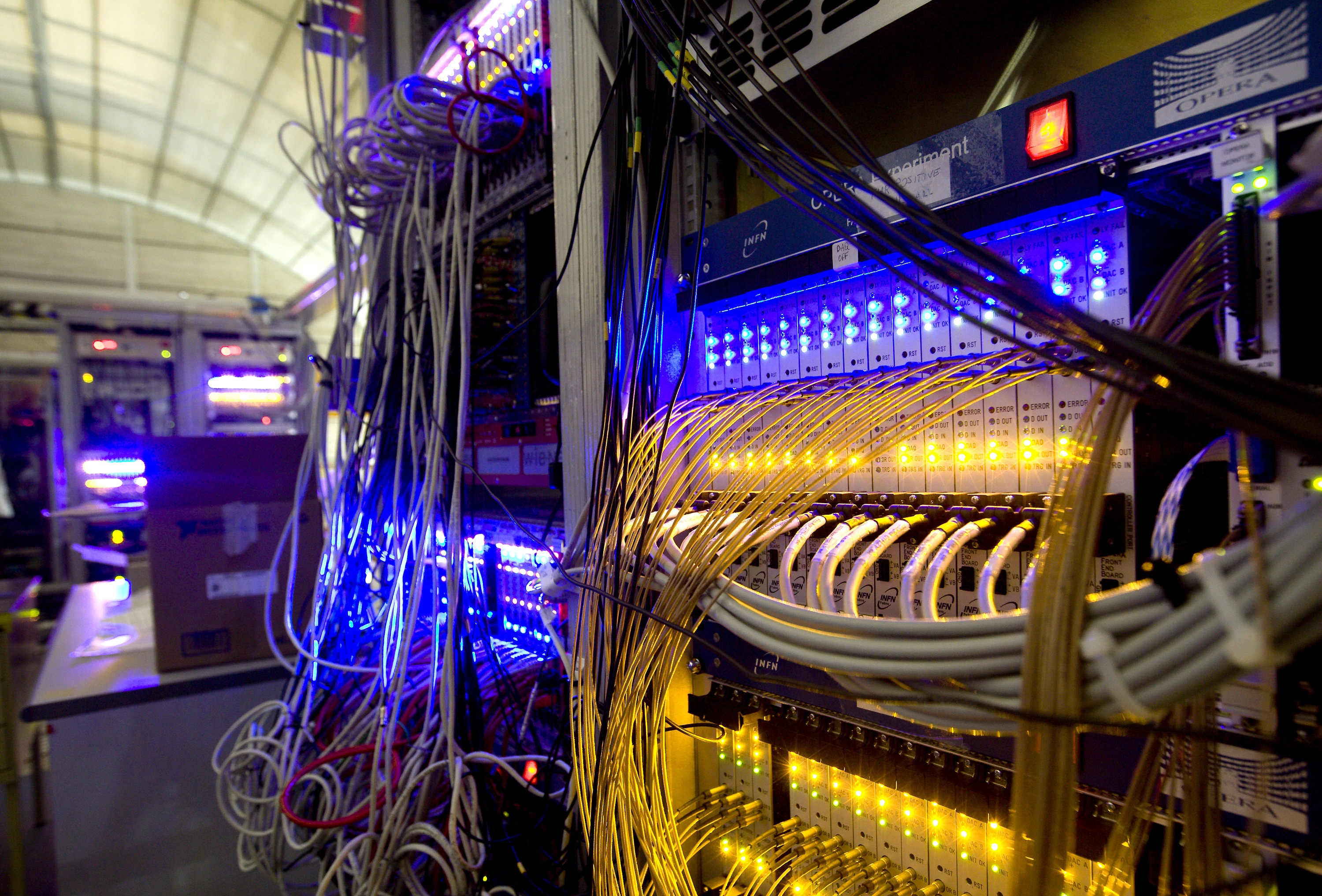
The possible discovery of subatomic particles moving faster than the speed of light has researchers worried about one of the fundamental tenets of modern physics.
The findings are such, challenging Albert Einstein himself, that the scientists working out of the Geneva headquarters of the European Organization for Nuclear Research (Cern) have called on colleagues to help confirm or refute their data.
In his famous special theory of relativity, Einstein postulated that nothing can travel faster than light, which has a speed of 299,792,458 metres per second. But scientists working on the OPERA experiment have tracked neutrinos that seem to break that barrier.
The experiment is designed to observe a beam of these subatomic particles travelling through water, rock and air from Cern to the Gran Sasso laboratory in Italy, 730 kilometres away.
Neutrinos are elementary particles similar to electrons, but they do not carry an electric charge, allowing them to pass through matter over long distances without being affected. In this case, a beam of neutrinos is produced by a particle accelerator in Geneva.
Hard to believe
The scientists took their time checking their results before releasing them on Thursday. However, they are still having trouble believing it themselves, which is why they are now calling on the physics community to duplicate their findings.
Speaking at Cern on Friday, they said they were as surprised as their sceptics about the results, which appear to violate the laws of nature as we know them.
“To our great surprise we found an anomaly,” said the experiment’s spokesman, Antonio Ereditato of Bern University.
“Everybody knows that the speed limit is c, the speed of light. And if you find some matter particle such as the neutrino going faster than light, this is something which immediately shocks everybody, including us,” added Ereditato.
The researchers have high confidence in their results, having checked and rechecked for anything that could have distorted the measurements.
The physicists found that the beam took 60 nanoseconds less than it would have taken for light to travel between the two laboratories. Although a nanosecond is just one billionth of a second, the result is considered statistically significant even if the margin of error is taken into account.
“It is a tiny difference,” said Ereditato, “but conceptually it is incredibly important. The finding is so startling that, for the moment, everybody should be very prudent.”
Time travel?
There are only two laboratories in the world that could duplicate the results. One is in Japan, but has been out of service since the earthquake and tsunami earlier this year.
The other is Fermilab near Chicago, which has already announced it will try to verify or knock down the latest findings. The only problem is their measurement system is not as precise as the Europeans’ and will not be upgraded for some time.
A team at Fermilab had similar results in 2007, but the margin of error was too large to make them significant for the scientific community.
Reaction among researchers has been measured so far. While some are saying that if confirmed, the results would be “revolutionary”, others reckon they are most likely just measurement errors or a fluke given the difficulty of tracking neutrinos.
Alvaro De Rujula, a theoretical physicist at Cern, said he blamed the readings on a so-far
undetected human error. If not, and it’s a big if, the door would be opened to some wild
possibilities.
The average person, said De Rujula, “could, in principle, travel to the past and kill their mother before they were born.”
Implications
So where does that leave Einstein and his special theory, summarised in his famous equation of energy equals mass times the constant of the speed of light squared?
That assertion is one of the key elements of the so-called Standard Model of physics, which attempts to describe the way the universe and everything in it works.
Physicists prefer to think that even if the neutrino results are confirmed, there will be no need to invalidate Einstein.
“I don’t think you’re going to ever kill Einstein’s theory. You can’t. It works,” said Indiana University’s Alan Kostelecky said. “Just there are times when an additional explanation is needed.”
Fermilab’s Rob Plunkett isn’t ready to dump Einstein’s theory anytime soon either.
“It’s dangerous to lay odds against Einstein,” he said. “Einstein has been repeatedly tested over and over again.”
OPERA has been conducted by a team of researchers from Belgium, Croatia, France, Germany, Israel, Italy, Japan, Korea, Russia, Switzerland and Turkey.
The collaboration currently includes about 160 researchers from 30 institutions including Cern, and 11 countries.
Major financial support for the experiment has been provided by Italy and Japan, with other substantial contributions from Belgium, France, Germany and Switzerland.
The Gran Sasso National Laboratory is the largest underground laboratory in the world for experiments in particle physics, particle astrophysics and nuclear astrophysics.
It is currently used as a worldwide facility by 750 scientists from 22 countries.
Located between the towns of L’Aquila and Teramo, it is about 120 kilometres from Rome.
The facilities are located next to a tunnel crossing the Gran Sasso Mountain. They consist of three large experimental halls, each about 100 metres long, 20 metres wide and 18 metres high, as well as service tunnels, for a total volume of about 180,000 cubic metres.
The mission of the laboratory is to host experiments that require as little external influence as possible. With 1,400 metres of rock overhead, cosmic ray effects are reduced by a factor of one million; neutrons from radioactive deposits also exert little influence due to the minimal presence of uranium and thorium in the rock.

In compliance with the JTI standards
More: SWI swissinfo.ch certified by the Journalism Trust Initiative
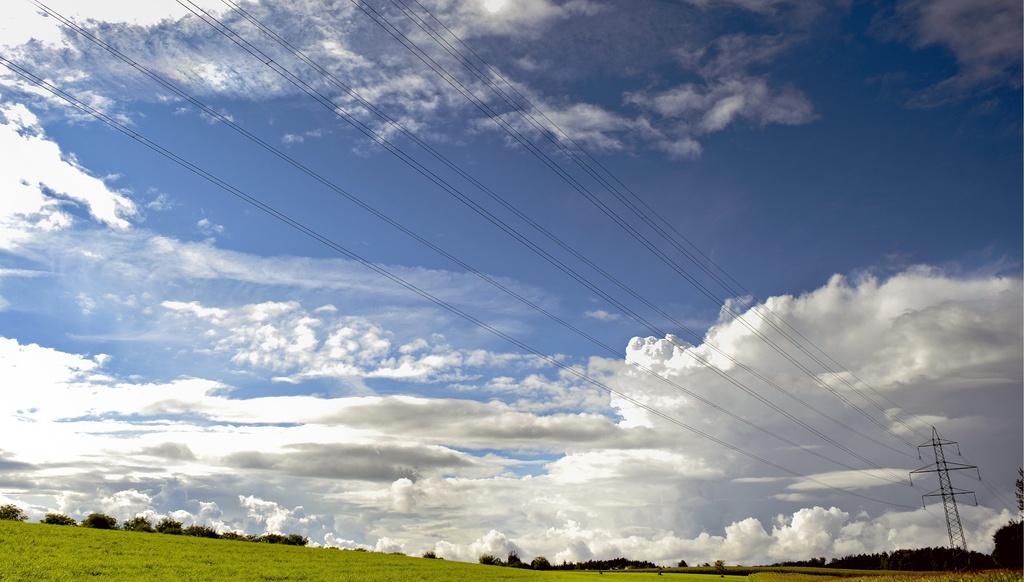
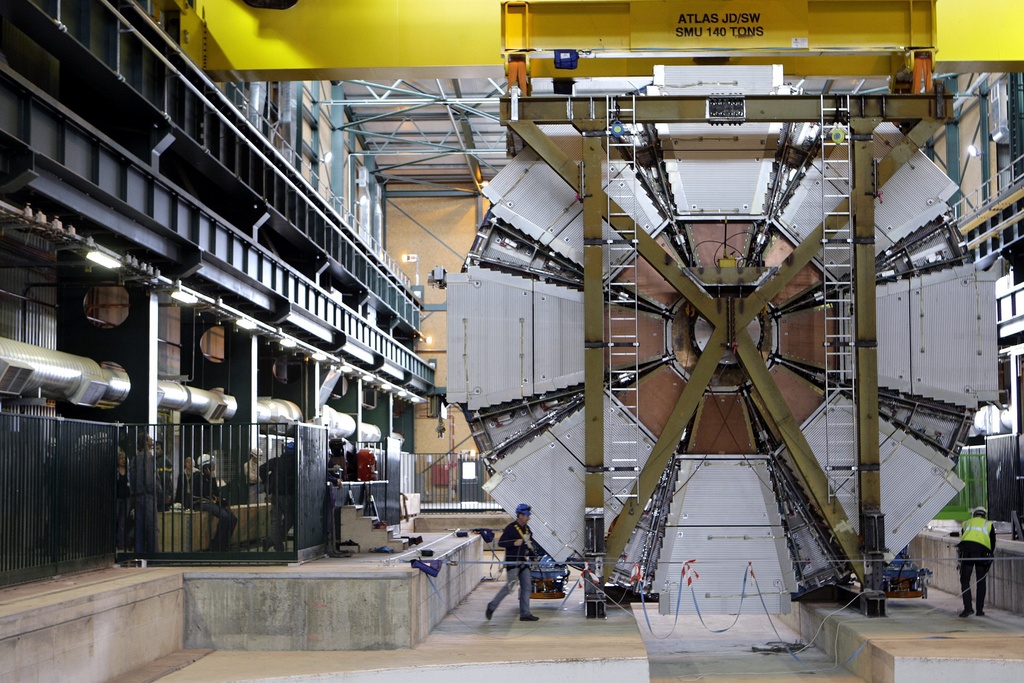
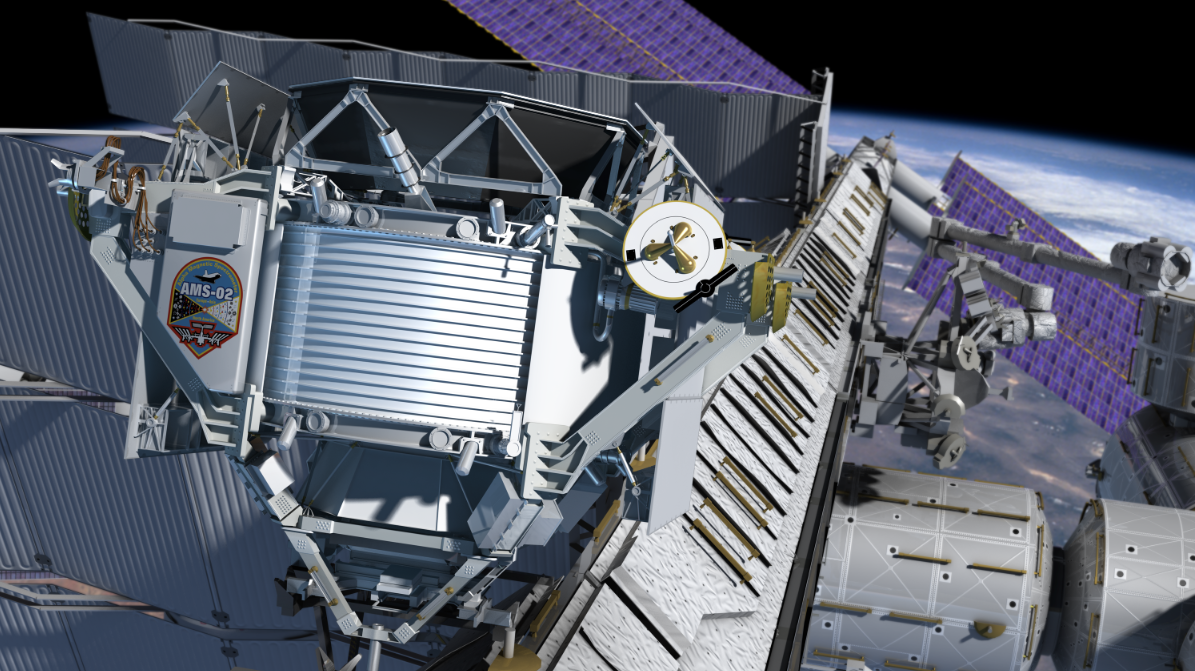
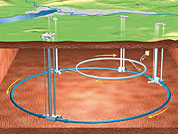
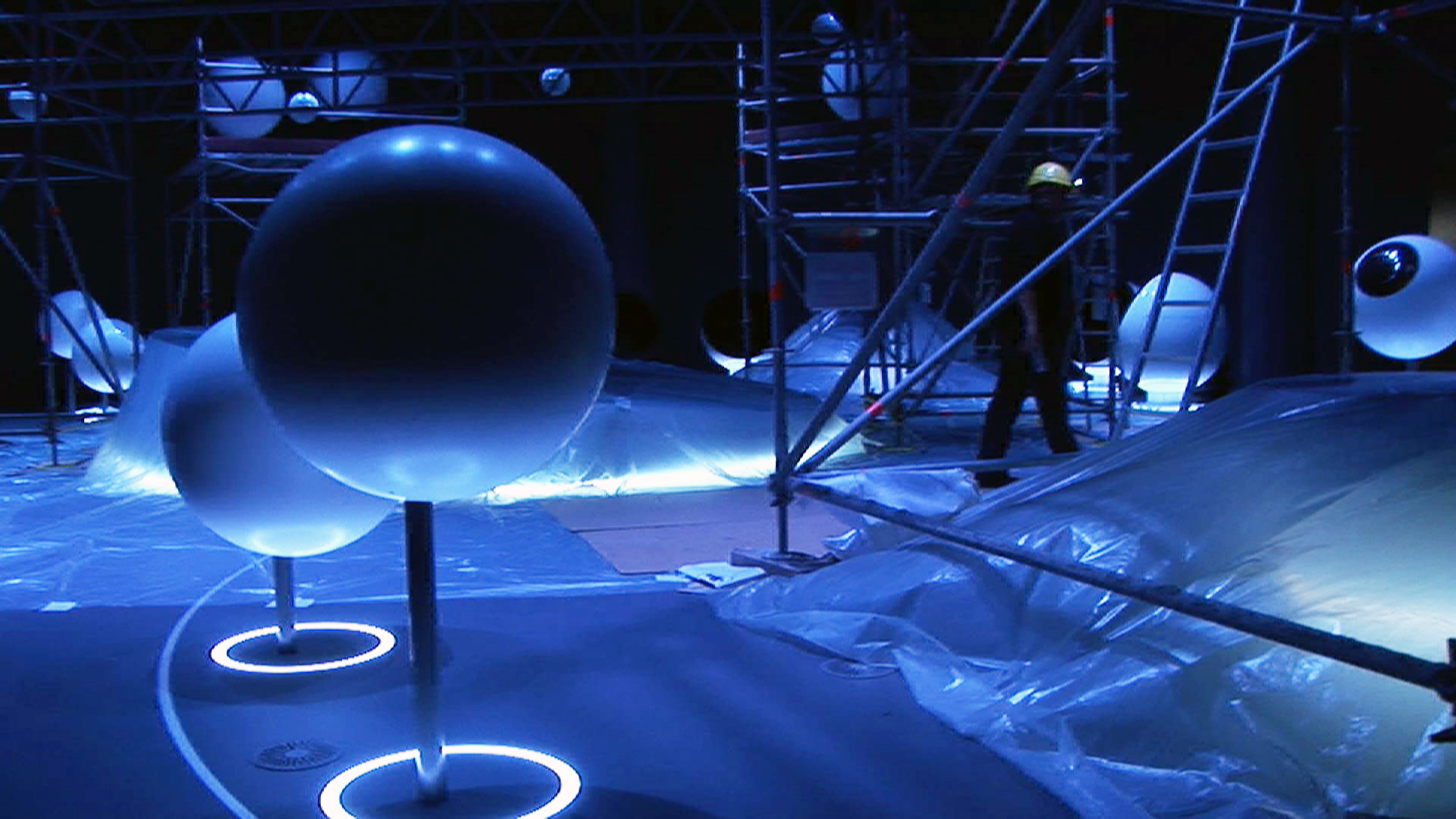
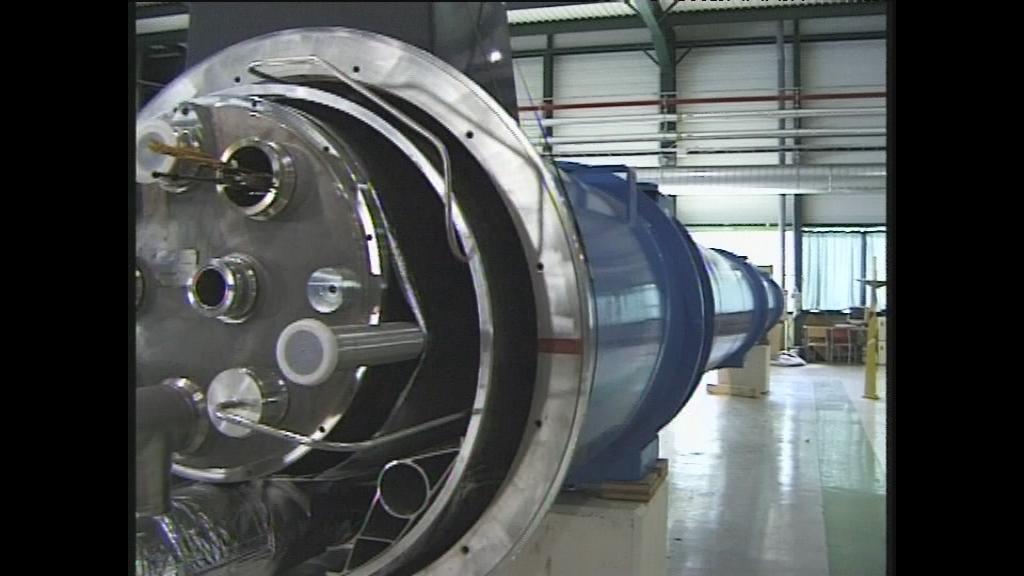
You can find an overview of ongoing debates with our journalists here. Please join us!
If you want to start a conversation about a topic raised in this article or want to report factual errors, email us at english@swissinfo.ch.